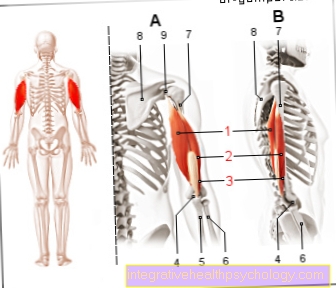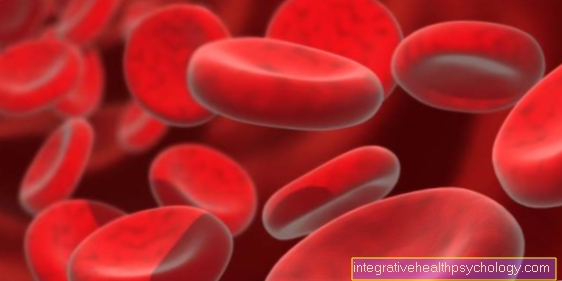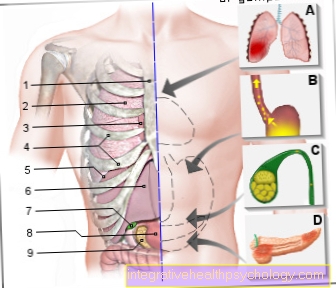T3 - T4 - hormones
Formation of T3 - T4 hormones

Formation of T3 / T4:
These thyroid hormones are produced in the thyroid gland, more precisely in its follicles (rounded structures made of cells), from the amino acid tyrosine. There are two types of hormones that are considered to be
- Thyroxine or tetraiodothyronine (T4) and
- Triiodothyronine (T3)
designated. T4 hormones occur in the blood about 40 times more than T3 hormones, but T3 works faster and about three to eight times more strongly than T4 and can be produced from T4 with the help of the enzyme deiodase. This takes place in the liver, kidneys or the target cells of the hormones by splitting off T4 iodine. In this way 80% of the amount of T3 is produced; only the remaining 20% of the hormone is produced directly in the thyroid gland. T4 thus functions as a "hormone store" in the blood and T3 represents the effective hormone.
Initially, these hormones are bound to the protein thyroglobulin and stored in the follicles of the thyroid gland. After being released into the blood, the thyroid hormones are found coupled to a total of three transport proteins:
- Thyroxine Binding Globulin (TBG)
- Thyroxine-binding prealbumin (TBPA)
- Serum albumin
There are also free thyroid hormones in the plasma that are not bound to proteins. However, these only make up a share of less than 0.3%.
The receptor to which the thyroid hormones bind is intracellular.
regulation
Regulation of T3 and T4 hormones:
The hormonal control circuit of these hormones consists of the Thyreoliberin (TRH)–Thyrotropin (TSH) Axis, which regulates the release of T3 and T4 hormones. TRH is formed as liberin in the hypothalamus and unfolds its effect on the pituitary gland, which releases TSH through the TRH stimulation.
This in turn acts on the thyroid gland, so that Thyroid hormones to be secreted. The TSH release is prevented by the Statin Somatostatin (SIH), which is also produced in the hypothalamus. Negative feedback from the thyroid hormones itself regulates their release by preventing TRH secretion from the hypothalamus and reducing the amount of TRH receptors on the pituitary gland.
As a result, when there is a large amount of thyroid hormones, less TRH is released or its effectiveness on the pituitary gland is reduced due to fewer "docking options" (receptors), so that the concentration of thyroid hormones no longer increases and the amount decreases due to the breakdown of the hormones already present.
function
Generally speaking, they are Thyroid hormones responsible for Growth, maturation as well as for the metabolism. More precisely, these hormones increase the body's energy expenditure, which in turn creates more heat.
Furthermore they are responsible for growth as well as maturation especially of the brain and the bone responsible and influence other hormones, namely insulin, Glucagon, STH and adrenaline.

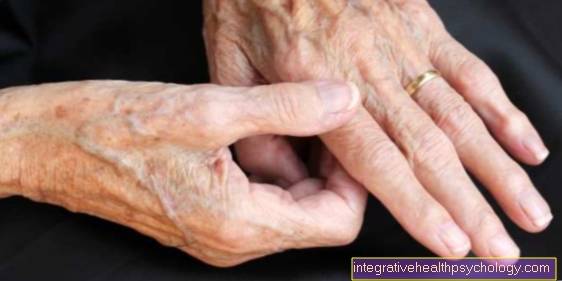
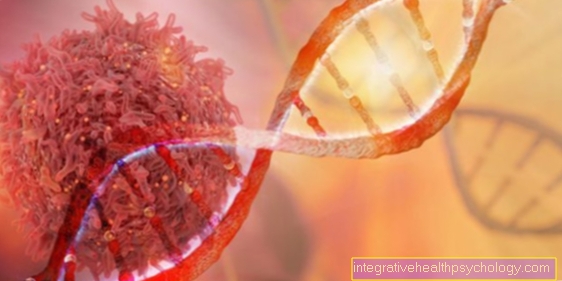

.jpg)






